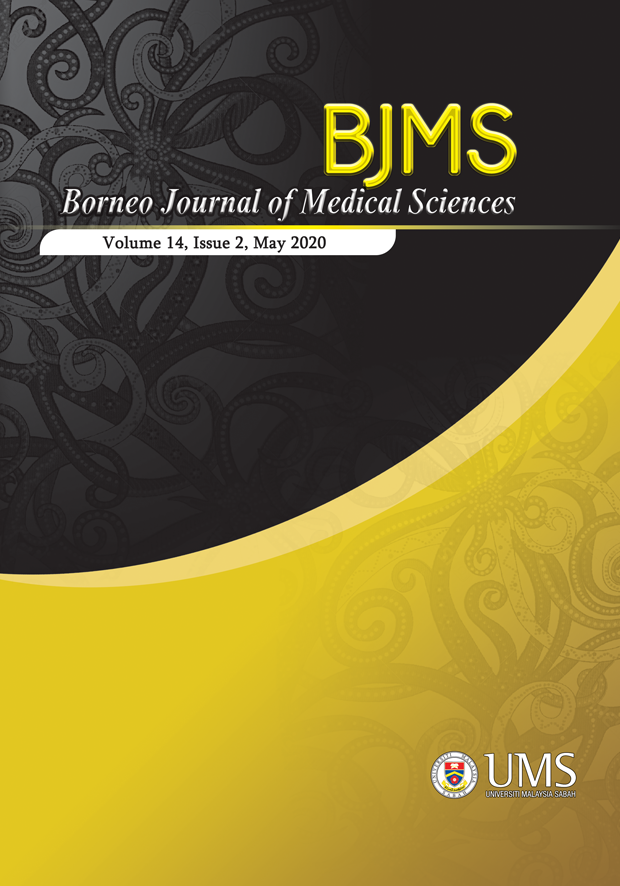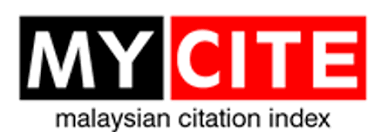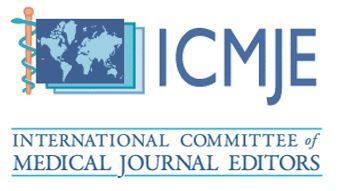Unilateral Hemihyperhidrosis in a Stroke Patient and Literature Review on Its Clinicoanatomical Correlation
DOI:
https://doi.org/10.51200/bjms.v14i2.1883Keywords:
hyperhidrosis, stroke, sweating disorder, cardiovascular accidentAbstract
Contralateral hyperhidrosis from the cardiovascular accident has been infrequently described in the stroke literature. The clinical significance and pathogenesis are yet well understood. This is a case of a 60-year-old man who developed excessive sweating of the paralyzed side with a pure division along the midline of the body secondary to a subcortical stroke, which region is supplied by branches of middle cerebral artery territory known as deep perforating lenticulostriate. To the best of our knowledge, a precise clinicoanatomic correlation between hyperhidrosis and subcortical stroke has not been widely reported. In this review, we summarize the existing literature of post-stroke hyperhidrosis to evaluate the correlation between clinical manifestation and its neuroanatomical location. According to the location of the infarction and clinical features, it can be concluded that both tracks en route through the ipsilateral internal capsule, after originating in the opercular cortex before crossing the brain stem and terminal connections with the contralateral thoracic spinal cord. Therefore, the phenomenon of hyperhidrosis in anterior circulation stroke might be postulated as due to the disruption of the sympathoinhibitory pathway that controls sweat glands, similarly like posterior circulation stroke.
Downloads
Published
How to Cite
Issue
Section
License
All articles are published under the Creative Commons Attribution-NonCommercial (CC BY-NC 4.0) license, enabling users to read, download, copy, distribute, and adapt the material for non-commercial purposes, provided proper credit is given to the original authors and the source. This model supports transparency, accessibility, and the global exchange of medical knowledge.








1.png)



